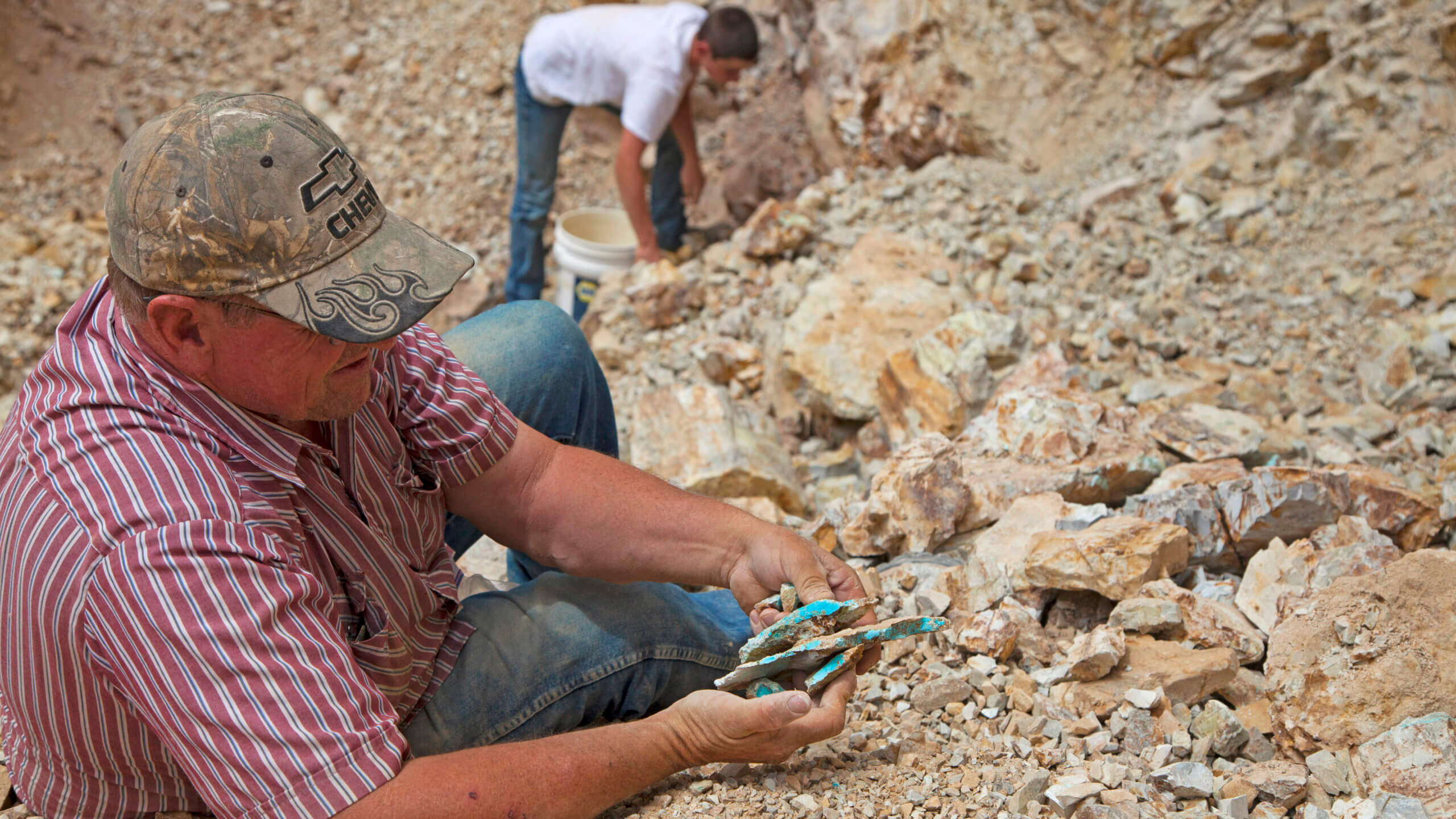
Nevada Adventure, On The Rocks
You never quite imagine a hobby like rockhounding may creep into your life and steal all your free time, then you discover a world of garnets, turquoise, opals, and beyond right in the heart of the Silver State. While most people think the main turquoise producers in the U.S. are places like New Mexico or Arizona, Nevada totally has them beat in all the best ways. Sure, they might have the largest commercial mines, but Nevada boasts the most turquoise mines in the United States. And who needs diamonds when you can find two-carat garnets sitting right on top of the ground? Throw black fire opal into the mix, and the fact that Nevada is the only North American locale where this beaut naturally exists, and it’s no wonder it earned its spot as the official state gemstone.
What makes Nevada a rockhounding paradise? The Silver State was once totally under water, back when giant marine reptiles swam freely in a gigantic, shallow sea in an area that would later become Nevada’s Great Basin. Major geological activity happened, making way for massive deposits of silver, gold, opalized wood, onyx, agate, geodes, jasper, and a whole lotta fossils. It helped make Nevada the lucrative mining area it is today. But you don’t have to be a commercial gold miner to get after it. Just grab those rock hammers, drop a gear, and disappear, and get ready for a Nevada adventure you won’t soon forget.
Unlike rockhounding anywhere else, you can swing that pickaxe into all corners of the Silver State
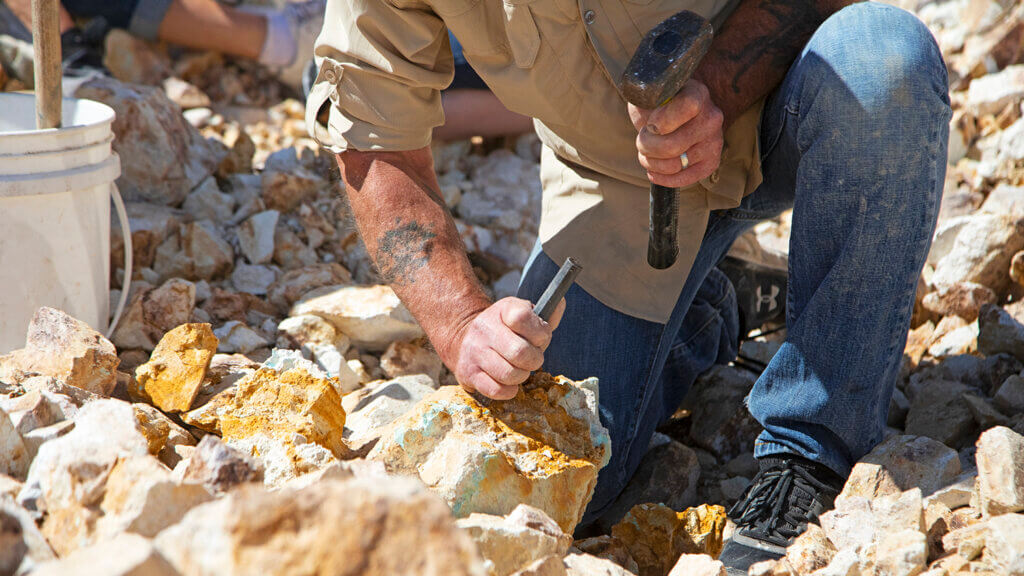
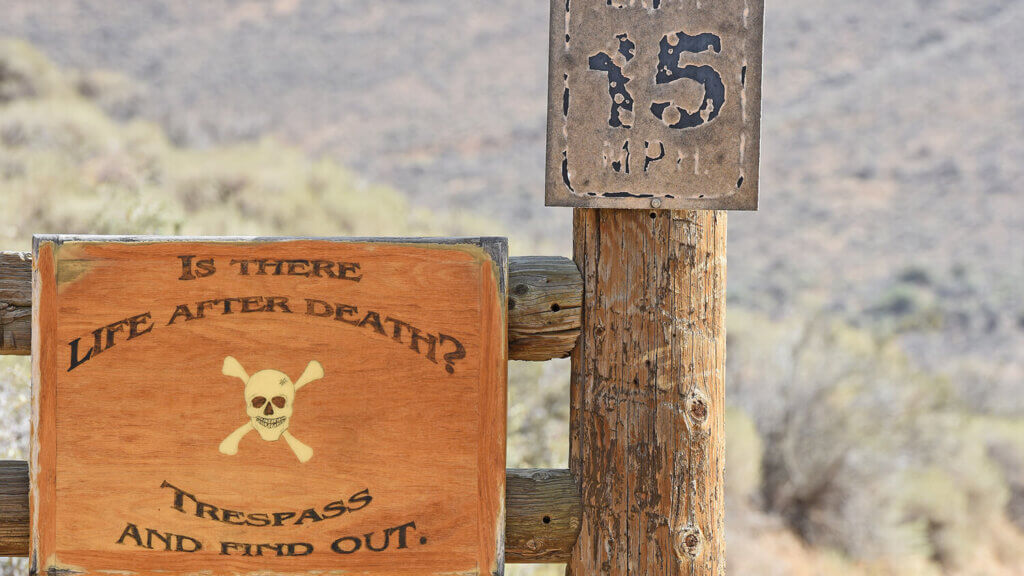
KNOW BEFORE YOU GO: Rockhounding Etiquette 101
Nevada is unlike any other place because quite literally, there aren’t a whole lot of fences… the exploring is yours for the taking. And just because you might not always run into a “No Trespassing” or “Private Property” sign, it doesn’t mean that’s not the case. It’s safe to say that no matter where you go, the land you step foot on belongs to someone. Whether that be local ranchers, someone in the nearest town, an American Indian tribe, or it’s under the watchful eye of the Bureau of Land Management (BLM) or United States Forest Service and is considered public, either somebody owns it or an agency manages it. Be respectful. Finders doesn’t always mean keepers.
The good news is this: everything spelled out below does in fact sit on BLM Recreation Areas, or are privately owned and you pay a fee, go in, and dig. But if you’re going to just head down a dusty road and pull off and start diggin’, remember a few road rules:
- Be mindful of gates; leave them how you found them. This is important. You’re talking about messing with a rancher’s livelihood here if their cattle got out. If it’s open when you arrive, leave it open when you depart. If it’s closed, make sure you close it behind you.
- BLM land is kind of its own beast; certain activities sometimes require a permit. Most of the kind of recreation we talk about does not, but make sure your weekend plans are above board. Most of Nevada is BLM land, and as long as you aren’t creating a huge disturbance (like digging tons of holes) or hauling out buckets of finds, you should be good.
- If you find an arrowhead, spearpoint, metate, or other ancient American Indian artifacts, the best rule of thumb is to leave them right where you found them. Nothing is wrong with taking a few pics, but leave anything right where you picked it up and move on. Not only is taking them extremely uncool, it’s also illegal.
- Stay away from open mine shafts or adits. There are tons of gasses seeping out of these things that don’t have an odor or color that can kill you right quick. Seriously. After all, you aren’t mining, you’re rockhounding, right?
- PLEASE don’t dismantle ghost towns. Some of the greats out there have remained that way because visitors aren’t taking any relics found. Make sure the next person can have the same badass experience you did and resist the urge to pillage.
- Rockhounding (or taking anything you find in general) is straight up not allowed in any State or National Parks. Don’t push this one, guys.
- If you’ve got your sights set on rockhounding on a piece of private land, we can’t say it enough: GET PERMISSION. There is no other way to do this, other than ask, ask, ASK… even if you think nobody is watching. If you can’t find someone to ask, don’t trespass.
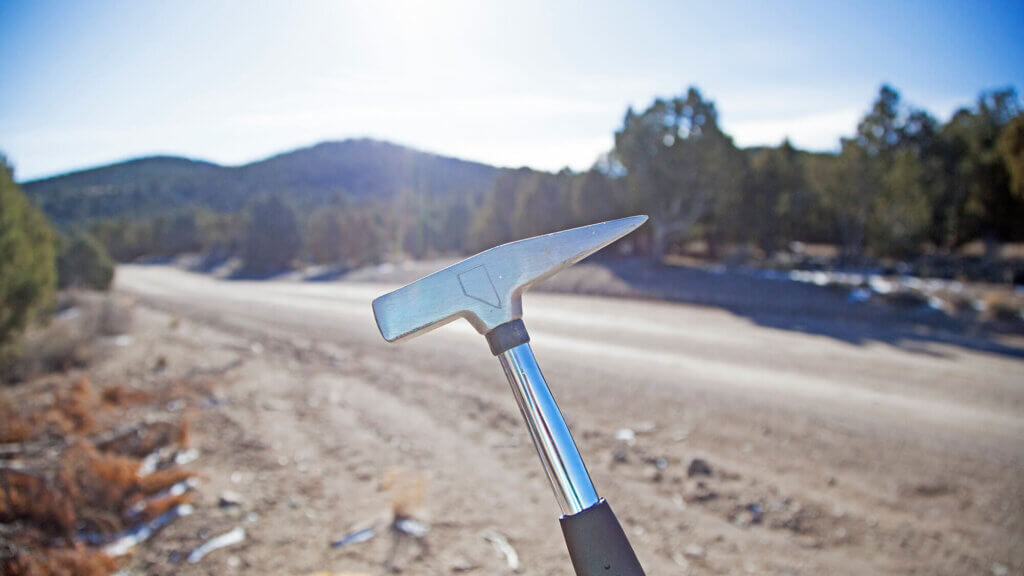
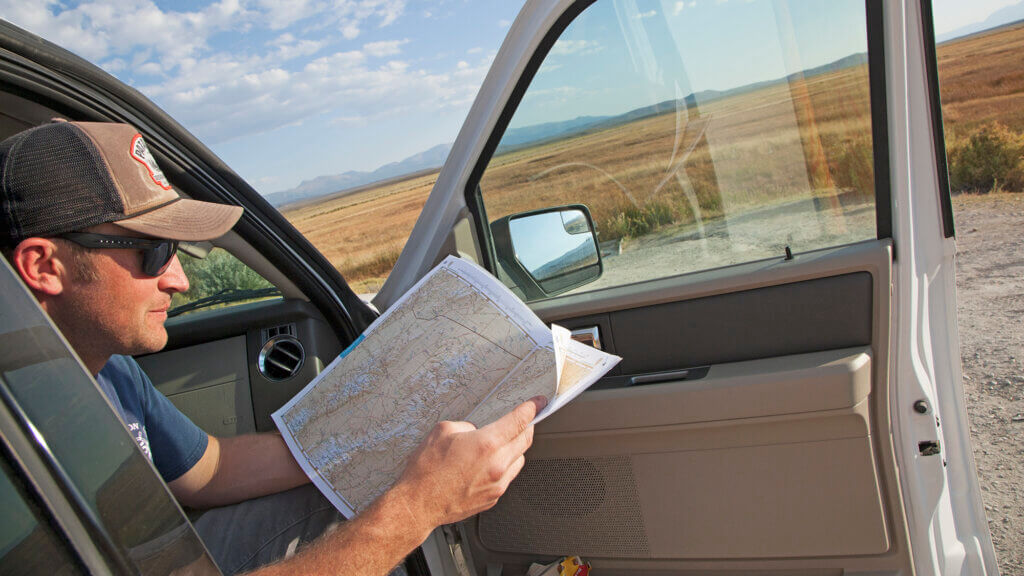
Stock That Gear Bag Right
This is going to sound goofy, but we’ve permanently added a rock hammer to our Nevada go-bag and here’s why: sometimes you might think you’re headed to a sweet little fishing hole, or tracking down a hot spring, and you’ll pass an area that’s full of opalized wood. But you’ve got nothing to dig with, and then next thing you know, you’re out there trying to use your shoe, a hanger, or anything else you can find. A rock hammer is light and small, and can stay in the trunk, for good.
If you’re looking to up your game, add a few more common household items to your gear bag, like a screwdriver, ice pick, or garden rake. The garden rake tends to come in the most handy at Garnet Hill and Royal Peacock.
Don’t forget to bring some sort of bucket-like container to hold all your finds! And, if you’re really hardcore, bring a kneeling pad, and even a squirt bottle. Some of these finds, especially Black Fire Opal, are kinda like searching for clear glass. If you have a way of making it wet, it will be easier to spot in a sea of dirt.
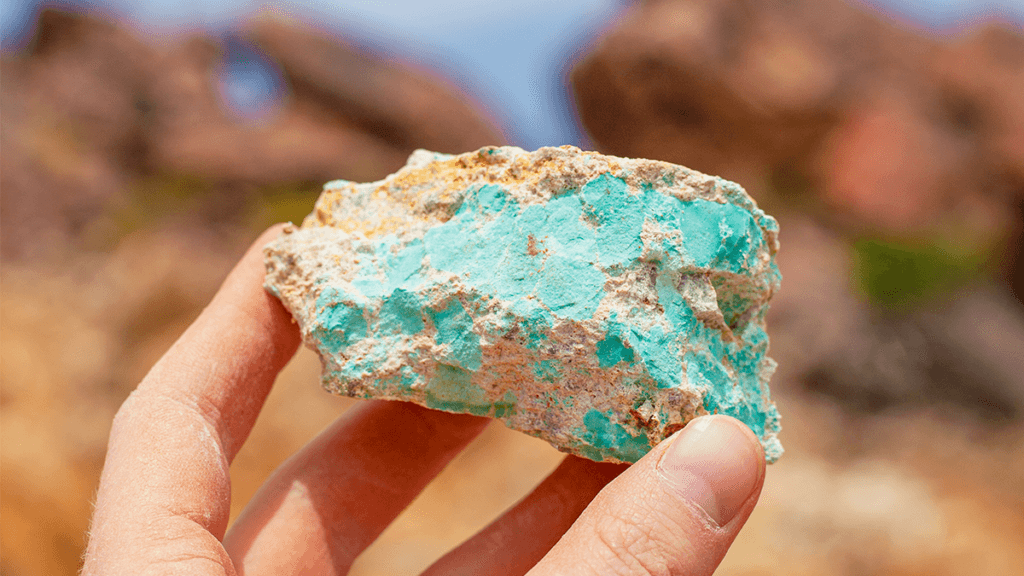
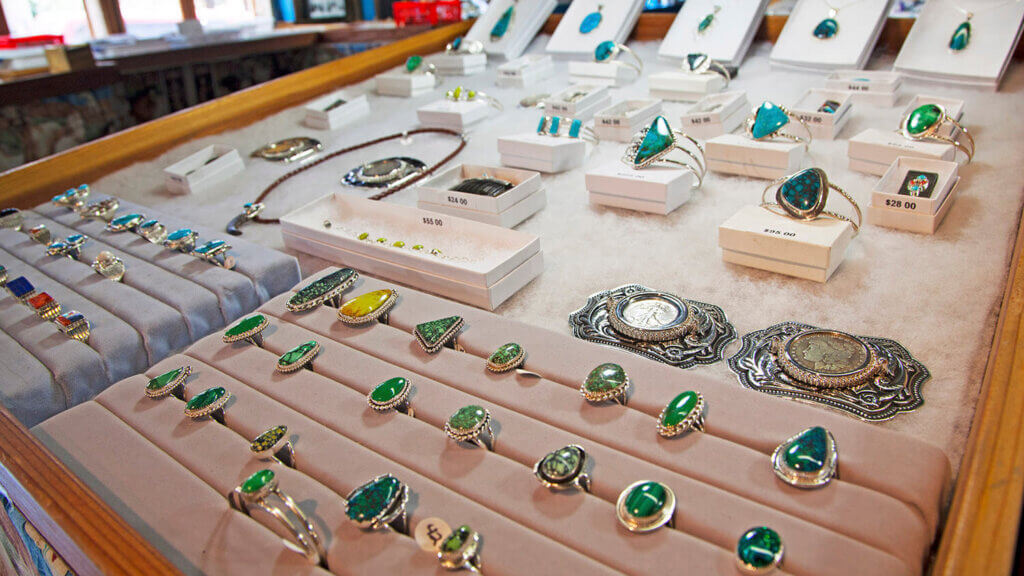
Turquoise Galore in Central Nevada
BEST TIME TO VISIT: Is there a bad time to road trip the Free-Range Art Highway or Loneliest Road?
NEAREST CITY: Tonopah or Austin
TERRAIN TYPE: All pavement, baby
VEHICLE TYPE NEEDED: Any style will do
TOOLS REQUIRED: Rock hammer and your wallet
LAND MANAGER: Private Property
Most of the world’s turquoise is mined right here in Nevada – pretty surprising, right? If you’re out and about and happen to find some turquoise-hued stones, chances are, it’s probably turquoise. Here’s a fact to stow away for trivia night, too: ever seen that super famous shade of blue that Tiffany & Co. uses as their signature hue? A turquoise mine in Nevada—the Royston Mine, just outside Tonopah—was the very place that inspired the color. Sign up for a mine tour with Otteson Brothers Turquoise and see how much of that fabled turquoise you can dig up and take home with you over the course of 2.5 hours.
If you wanna skip the rockhounding entirely, beeline it to the one of the best turquoise shops in northern Nevada – Jason’s Art Gallery in Austin. The proprietors have owned their own turquoise mine and store for decades, turning both local and regional cabochons into rings, necklaces, earrings, and bracelets. Choose from an unbelievable color range, including everything from wild horse and aquamarine to those beautiful greener hues. It’s unbelievably affordable, even for those Nevada-shaped finds we know you’re after.
Travel Nevada Pro Tip
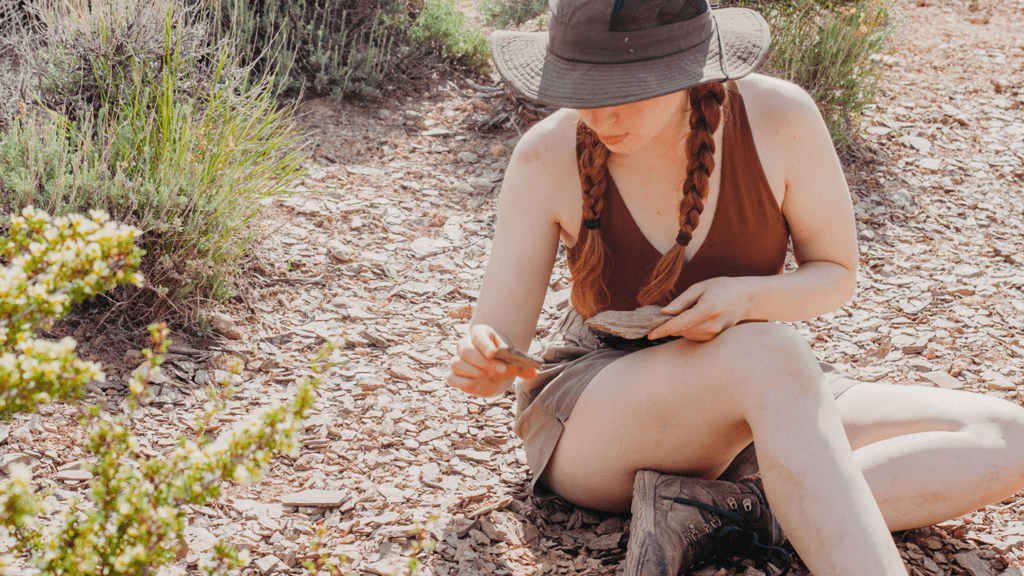
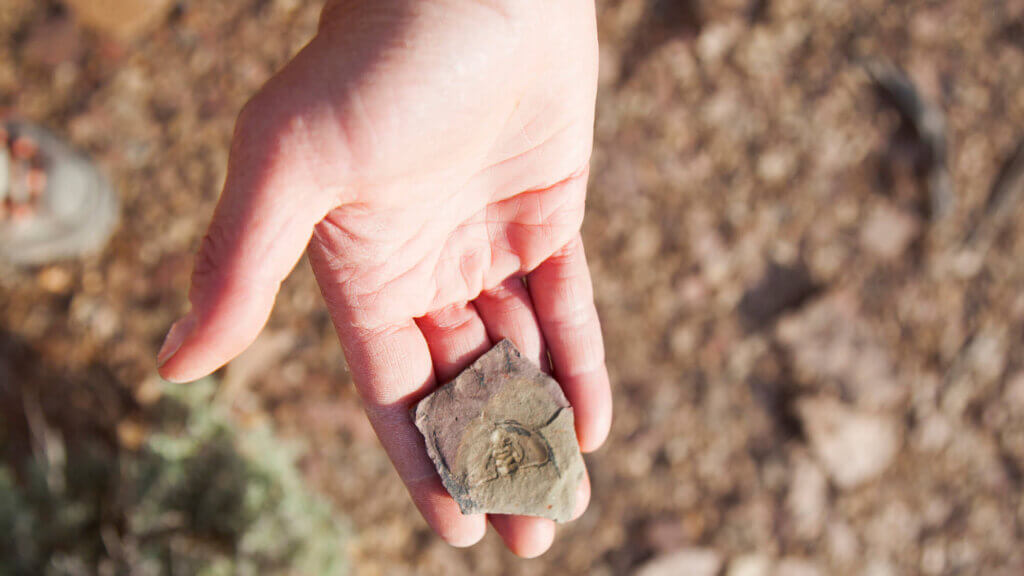
Trilobite Paradise at Caliente
BEST TIME TO VISIT: Spring or Fall, unless you wanna sweat it out in extreme summer temps
NEAREST CITY: Caliente
TERRAIN TYPE: Paved road all the way to the turnoff. There are some serious sandy spots, so unless you’ve got 4WD, park at the turnoff and walk the quarter mile in.
VEHICLE TYPE NEEDED: Any type should work.
TOOLS REQUIRED: Garden rake for sorting through the shale deposits, and a rock hammer for splitting the shale open.
LAND MANAGER: BLM Recreation Area
If it’s fossils you’re after, it doesn’t get any better than Oak Springs, period. The rockhounder in you has been waiting for this place, located along the Great Basin Highway, in between ET Fresh Jerky (Hiko) and Caliente near mile marker 81. Collecting fossils is a razor’s edge, like we were telling you about up in Etiquette… you gotta be extra careful with this one. BUT the beautiful thing about Oak Springs is that this is an official BLM Recreation Site, meaning it’s all yours to hound your heart out.
Aside from amazing views of the Joshua Trees, and Yucca plants in the valley below, this area is loaaaaded with thousands of pieces of shale that contain six types of trilobites. Like most of Nevada, this area was covered in water, too, and these little prehistoric bug crustacean creatures look pretty similar to a horseshoe crab. Look for a trench—this is where all the fossils are—and be prepared to practice your patience.
Plan on devoting about an hour or so here, with possibly lots of unsuccessful attempts before you find your prize. But when you do split that shale open and inside is a 500-million-year-old fossil, it’ll be worth it. Promise.
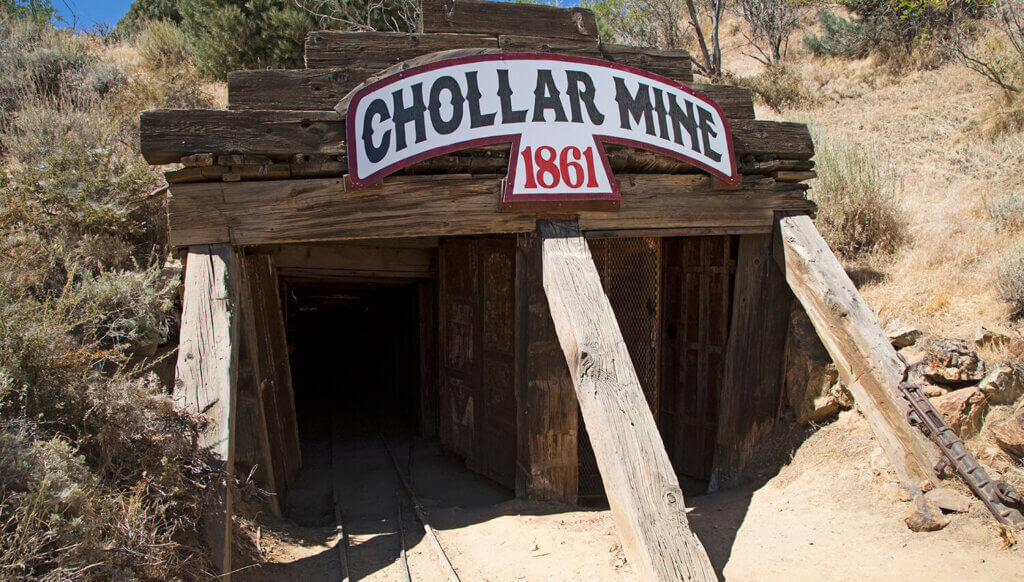
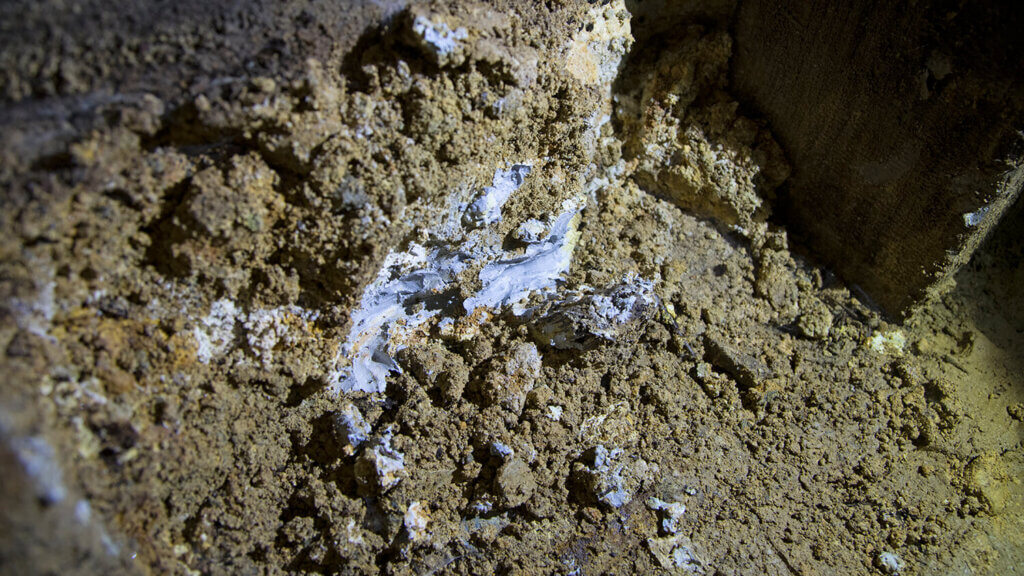
That Mysterious “Blue Clay” in Virginia City
BEST TIME TO VISIT: Like a cave system, mine shafts and adits maintain a consistent temperature year round. This makes for a cool getaway during summer months, and a warmer escape in the winter… so you’re totally set no matter what time your trip to Virginia City is going down.
NEAREST CITY: Virginia City
TERRAIN TYPE: Pavement, with a dirt parking lot
VEHICLE TYPE NEEDED: Any rig will do the trick
TOOLS REQUIRED: Camera
LAND MANAGER: Private Property
You Nevada history buffs know what we’re talking about here, but for those of you who are new to the scene, here’s the skinny: Virginia City is still the record holder as the largest silver strike in United States history. The wealth pumped out of those mountains is what funded the construction and development of basically the entire western United States, and built San Francisco… twice.
But before they knew what was below the surface, those prospectors were lookin’ for one thing, and one thing only: GOLD. They kept digging up gobs of this slimy bluish clay-like muck, exasperated that it was getting in the way of their work. There was just such an obnoxious amount of it that they hardly knew what to do with it all, which came with a handful of colorful stories about prospectors using this mysterious blue clay to pave roads, fill in potholes, and even mortar their home foundations. Who knows the truth to that, but we WANT to believe it… actual streets of silver at the silver mining mecca. The funny thing is, they finally got around to getting this gunk assayed, and figured out it was high grade silver – far more profitable than the gold they were after to begin with.
Many of the now-defunct mines in Virginia City still have this fabled silver goo oozing out of the walls, like the historic Chollar Mine, one of the most legendarily profitable mines in Virginia City. Of all the mine tours you can take up there, this one cuts to the chase, feels like you’re in an important place, and serves up the perfect amount of info. Oh, and the fabled stores of “blue sludge” really do exist—you can see it for yourself at Chollar—then head for the Silver Queen where you can see it minted in the way that made the West. Not your typical rockhounding mission, but in the spirit of statehood, this is a unique one you’ll find unusually satisfying.
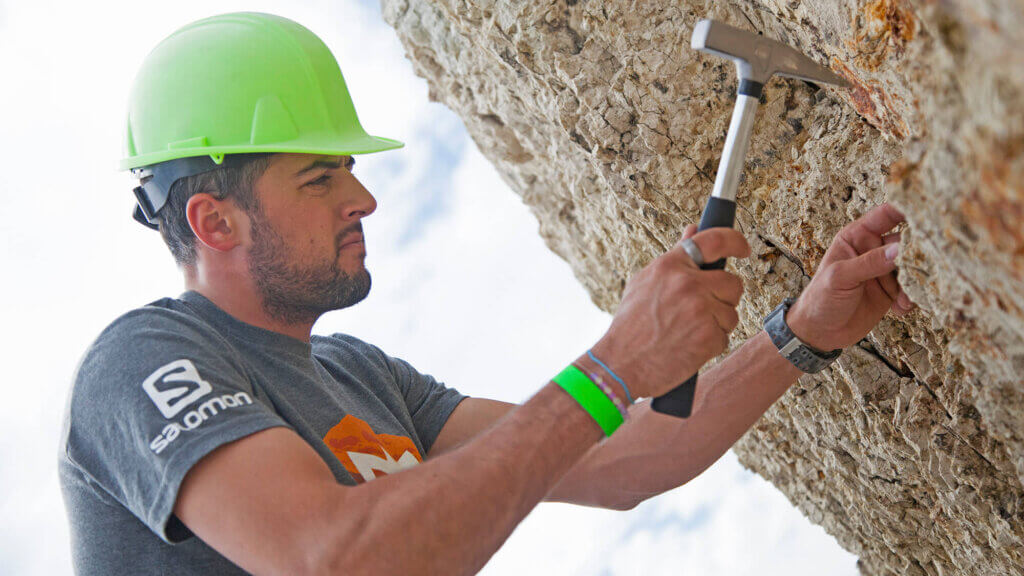
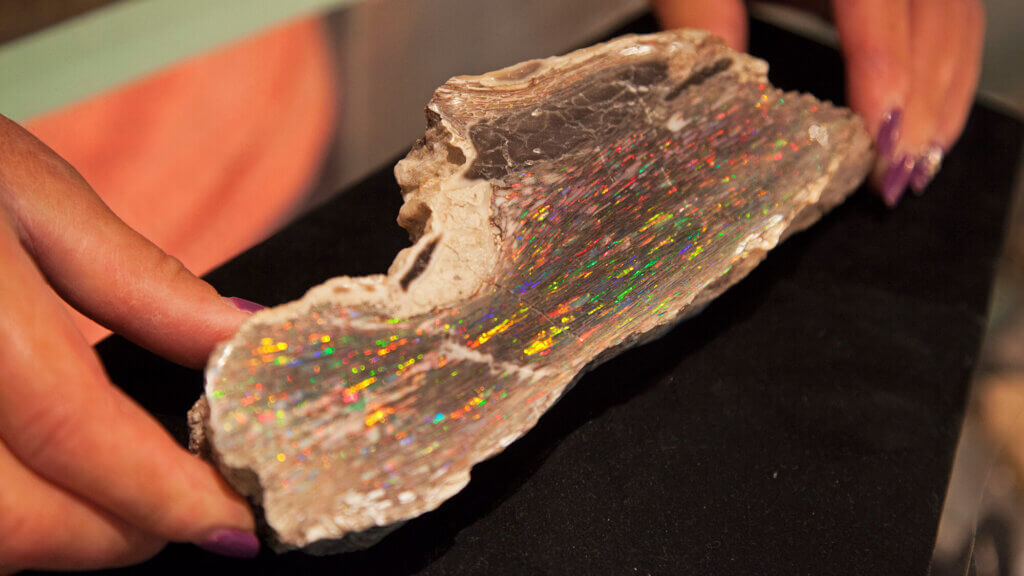
Black Fire Opal Bonanza in the Sheldon
BEST TIME TO VISIT: Fall, when the weather is best
NEAREST CITY: Denio
TERRAIN TYPE: Lots of dirt road driving in these parts. The majority of the way, on highway 140, is paved. From there, you’ll need to travel on a well maintained dirt road to the opal mines…. Royal Peacock and Rainbow Ridge are pretty near each other. But, both are equipped with places for RVs… so the roads aren’t thaaaat bad if an RV can hack it.
VEHICLE TYPE NEEDED: All wheel drive is preferred, but most vehicles should have no issue. You will likely have very little cell reception, FYI.
TOOLS REQUIRED: If you pay to play, all tools will be provided.
LAND MANAGER: Private Property
Zero in on these three beautiful little words: Black. Fire. Opal. Ever heard of it? Black opal, maybe. But Virgin Valley black fire opal? It’s not only found in Nevada, but is so intensely rare that it now has the esteemed honor of being the official Nevada State Gemstone. Where to find it, you ask? Up in the the deliciously remote northwestern corner of Nevada, way above the storied Black Rock Desert near the Sheldon National Wildlife Refuge. The Virgin Valley is the only place in North America where the black fire opal is found in any sort of large quantity, and is available for all your pickaxe swingin’ delight at Bonanza Opal Mines, Rainbow Ridge, or Royal Peacock.
Opalized wood is a big deal, and how it’s made feels straight out of a fantasy. Opals in this extremely northwestern pocket of Nevada are found in layers of clay that were formed when volcanic ash filled an ancient lake millions of years ago… 14 million years to be exact. Inside the lake were dead trees, and throughout time, heat and pressure formed a silica gel that slowly trickled through the ash, filling up the cavities and making black fire opals. This happens most commonly with wood, but has also gone down with pinecones, animal fossils, you name it. When you find one black fire opal, keep digging… it’s more common than not to find them in clusters. The fee you pay to dig at any of these mines is well worth it in every way. You can dig for the entire day, and are provided with tons of tools and a knowledgeable person nearby to help answer any questions. Plus, digging for opals is TOUGH. The reason? They’re kind of like glass… if you find one, chances are, you’ve been a little too rough and broke it without even seeing it. The more guidance and resources you have, the better.
Travel Nevada Pro Tip
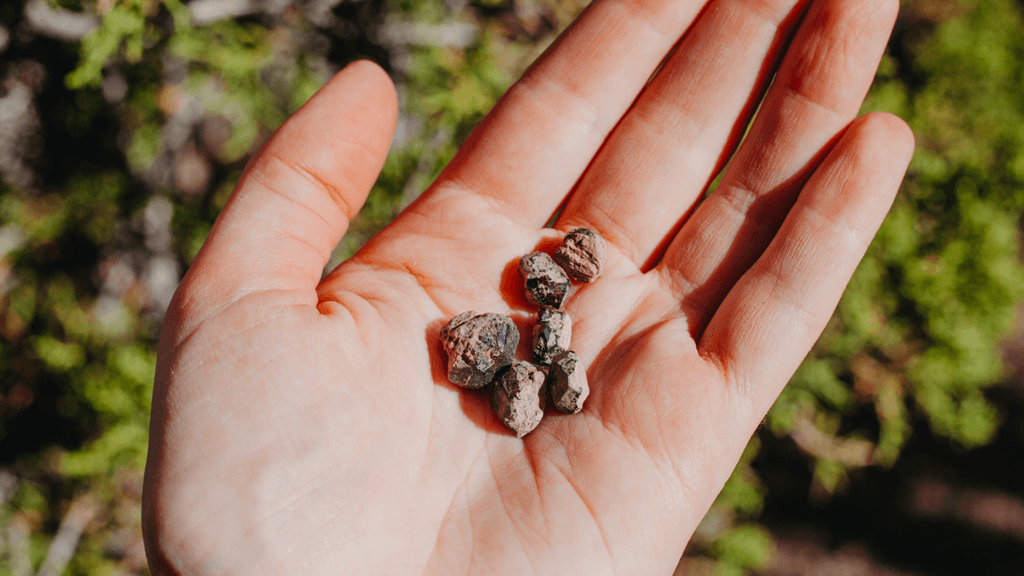
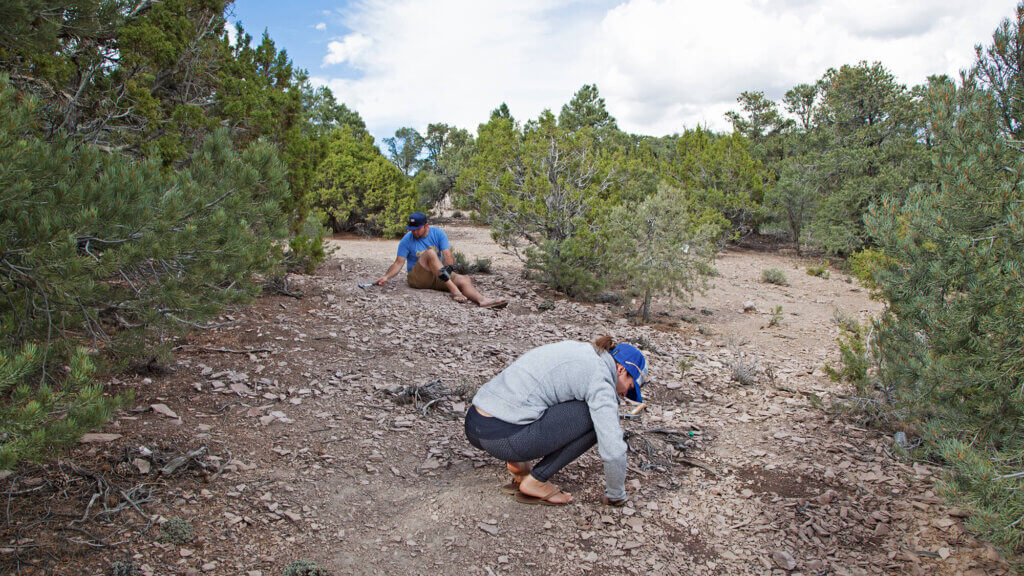
GARNETS! Glorious Garnets in Ely
BEST TIME TO VISIT: Spring or fall, right after it’s rained
NEAREST CITY: Ely
TERRAIN TYPE: Dirt road, suitable for most cars. Coincidentally, heading in after a rainstorm will likely be your best luck, but also means that there are lots of rocks that have washed down the road, too. Sharp rocks are present, so take it slow and you should be set.
VEHICLE TYPE NEEDED: All wheel drive is preferred, but most cars should be able to cut it.
TOOLS REQUIRED: Garden rake, and rock hammer if you’re super into it and want to dig new holes.
LAND MANAGER: BLM Recreation Area
You’re damn right we saved the best for last! Because when is it not a good day when you find two-carat garnets just sitting right on top of the ground? When prospectors originally came to the Nevada territory in search of everything from copper to silver to gold, they kept coming up with red-hued stones in mountain ranges from Ely to Elko. They were originally assumed to be rubies—hence the “Ruby” Mountains. But boy were they wrong: they’re GARNETS, and they are plentiful just outside Ely at a place called Garnet Hill.
There are some impressive BLM managed sites in NV, but this one always manages to be a favorite. For one, you always feel like you’re super far off the grid at this site, when you’re mere miles from the Loneliest Road… it feels like a true adventure with pretty little effort. With that in mind, we’ve never encountered more than five people here, which is always a surprise. Plus, you get the most satisfying views of the copper mine just directly across the valley, which is what those miners were looking for all along. The place is impressive, and worth admiring. But then of course you’ve got the garnets! We’ve never left this place empty handed, whether you’ve got five minutes or two hours to work with. Lots of times the garnets are lodged into other pieces of rock, so don’t dismiss those. But, more often than not, there she’ll be: a dark red, almost brownish gemstone sitting right on top of the ground. The quality of the stones found here aren’t considered to be very valuable monetarily speaking, but sentimentally speaking? It doesn’t get better.
Travel Nevada Pro Tip
Get Inspired
Related Stories
